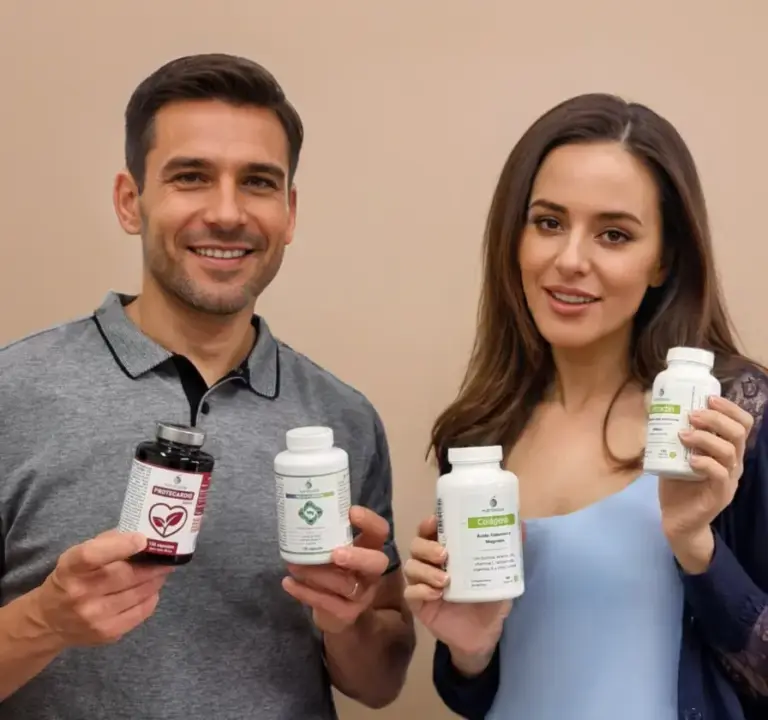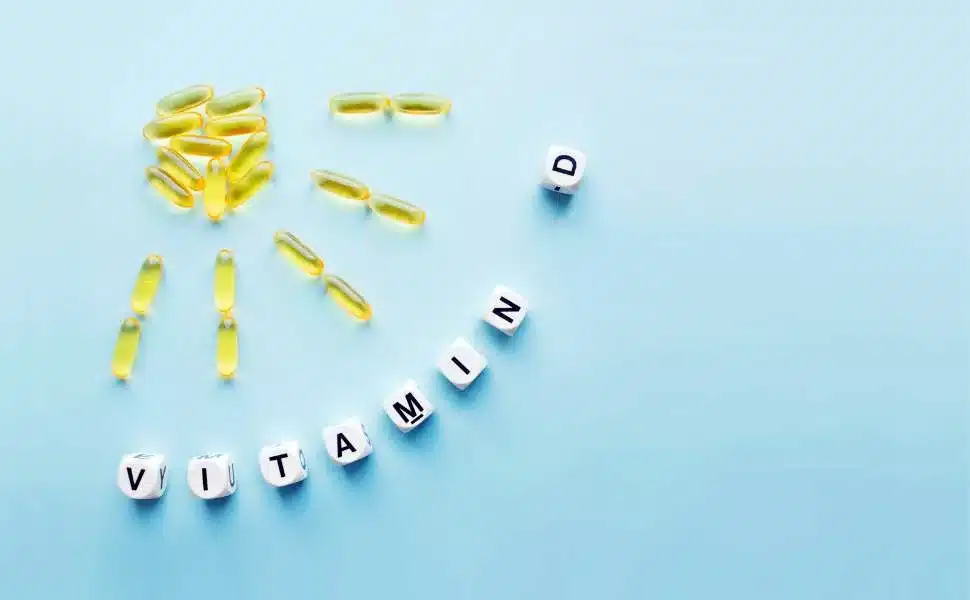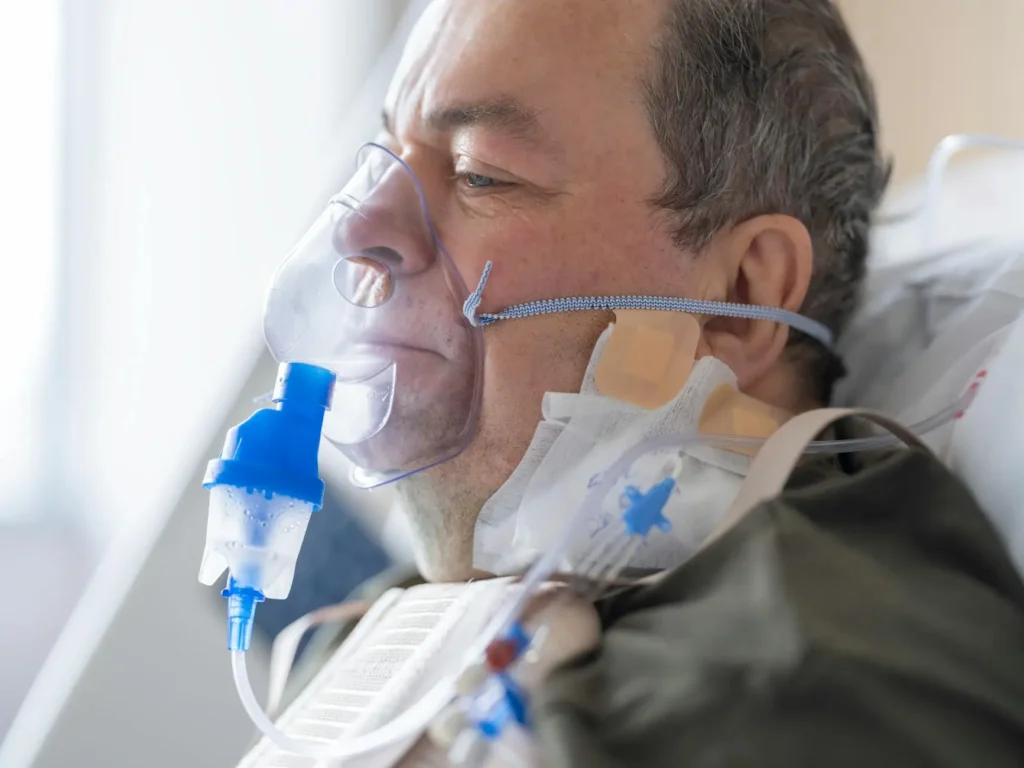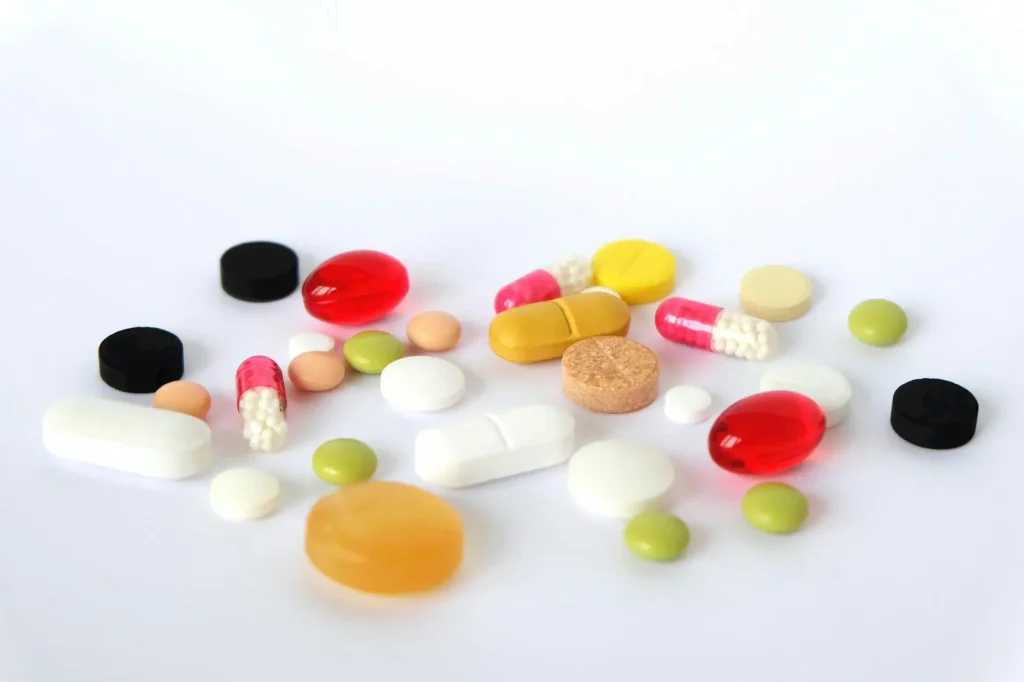Spain, despite being one of the countries in Europe with the most hours of sunshine, faces a significant problem of vitamin D deficiency in its population, even more serious than in northern European countries. It is important to be aware of the need to make the most of sun exposure during the summer and spring months to synthesize vitamin D naturally, as well as to consider the consumption of fortified foods or supplements during the winter and autumn months.
What is vitamin D?
Vitamin D functions as a hormone and plays an essential role in several biological processes, such as the regulation of calcium and phosphorus metabolism and muscle function. Vitamin D deficiency is currently considered a public health problem due to its high prevalence and clinical implications.
What are the consequences of vitamin D deficiency?
The most frequent consequence of vitamin D deficiency is osteoporosis, as well as an increased risk of bone fractures. Vitamin D deficiency is also associated with an increased risk of developing infections, cancer, autoimmune diseases, cardiovascular disease and type 1 diabetes mellitus. Children may develop rickets, severe bone deformities and growth retardation.
Widespread vitamin D deficiency in Spain
A study published last year (2022) revealed that 75% of the adult population in Catalonia was vitamin D deficient, i.e., a serum concentration of 25-hydroxyvitamin D below 20 ng/mL 1. If these are the data in Catalonia, we can imagine what the figures will be like in regions of Spain with less favorable climatic conditions, such as low temperatures or frequent rainfall. In contrast, in Sweden, a country that is not exactly known for its long hours of sunshine, this percentage does not exceed 20%. Impressive, isn’t it?
What are the reasons for vitamin D deficiency in Spain?
Over the years, people’s habits have changed. Nowadays, there is less and less outdoor work, children spend much more time indoors or at school, and the elderly are more institutionalized. In addition, during the summer, the heat often leads to avoidance of sun exposure during peak hours, which means losing the best opportunity to synthesize vitamin D, especially for adults and children.
Excessive use of high SPF creams is also a problem. A cream with a factor higher than 8 can considerably reduce the synthesis of vitamin D through the skin. It is important to find a balance between protecting the skin and allowing adequate sun exposure for vitamin D synthesis.
Although the Mediterranean diet is known to be healthy, it cannot uniquely provide the necessary amount of vitamin D. Oily or oily fish is the richest source of this vitamin, and although its consumption is recommended in the Mediterranean diet, we must be sure to consume sufficient amounts. To get an idea, the Spanish Society of Endocrinology recommends a daily intake of 1000 IU of vitamin D, which would be equivalent to consuming a portion of fish practically every day of the week.
In Spain, there are no general awareness programs on the importance of consuming fortified foods or vitamin D supplements. In contrast, northern European countries such as Finland and Sweden actively promote supplementation and consumption of fortified foods, and take full advantage of sun exposure in the summer and spring months to optimize endogenous vitamin D synthesis.
And what should we do during the winter and fall?
During winter and autumn, cutaneous vitamin D synthesis is less efficient. Sunlight is less intense, we spend more time indoors and wear more clothing, which limits direct sun contact with our skin. In this case it is important to keep your vitamin D levels under control through the consumption of supplements or foods fortified with this vitamin.
Aware of fewer hours of sunshine, Sweden and other Nordic countries have implemented vitamin D fortification programs. Milk, juices and breakfast cereals are examples of fortified foods. In addition, the population in these countries has an increased awareness of vitamin D deficiency, so it is common to take vitamin D-containing supplements. For this reason, Sweden has a much lower vitamin D deficiency than the Spanish population.
I want to start taking vitamin D supplements safely. What do I need to consider? How much should I supplement?
First of all it is advisable to consult your doctor to find out how your 25-hydroxyvitamin D levels are (25-OH-vitamin D test). If you are in a situation of deficiency or severe deficiency, your doctor will recommend the most appropriate dosage for your case.
If you wish to maintain normal vitamin D levels safely and you are a healthy person, it is recommended to follow the guidelines proposed by the Spanish Society of Osteoporosis and Mineral Metabolism (SEIOMM), a Spanish scientific organization dedicated to promoting the study, prevention and treatment of diseases related to bone and mineral metabolism, such as osteoporosis. In 2021, SEIOMM made public an update of its recommendations for vitamin D supplementation in the general population 2. According to these recommendations, daily or maintenance supplementation should be 800 to 1000 IU/day for healthy adults and 800 to 2000 IU/day in the case of patients with osteoporosis, fractured and/or institutionalized elderly.
Maximizing the benefits of vitamin D with vitamin K2 and Omega-3
Combined supplementation of both vitamins results in a synergistic action that not only increases calcium absorption, but also decreases the risk of arterial calcification3. Vitamin K2 acts in the body through the activation of specific proteins, called vitamin K-dependent proteins, such as osteocalcin and matrix Gla protein (MGP).
Furthermore, an additional benefit can be achieved by adding omega-3 polyunsaturated fatty acids (omega-3 PUFA) to this supplementation. Omega-3 PUFA, especially eicosapentaenoic (EPA) and docosahexaenoic (DHA) acids, participate in metabolic pathways that have as their end product series 3 prostaglandins, which have the ability to regulate the body’s inflammatory response and reduce chronic inflammation. This has important implications in the prevention and treatment of chronic inflammatory diseases, such as osteoporosis 4-6. Several scientific studies published to date support the benefits of omega-3 PUFA on bone health, finding a direct correlation between their intake and improved bone mineral density and reduced risk of fractures 7.
Nutribiolite Omega 3 + Vitamins D3 and K2: The Perfect Combination
Nutribiolite Omega 3 + Vitamins D3 and K2 is a food supplement that helps you to take care of your bone health in a natural and effective way. This product combines Omegatex® oily fish oil, rich in DHA and EPA, with vitamins D3 (cholecalciferol) and vitamin K2 in its bioactive and bioavailable form of menaquinone-7 microencapsulated 99.7% All-Trans K2.
Each capsule offers a high concentration of active ingredients, allowing you to enjoy its benefits in mini softgel beads that are easy to swallow. In addition, it is a 100% natural product, free of preservatives, flavorings, colorings, lactose, gluten and GMO-free.
Conclusion
It is essential to raise awareness about the importance of getting enough vitamin D, especially during the winter months, and to find the right balance between protecting oneself from the sun and allowing adequate exposure for the synthesis of this vitamin so crucial for health.
During the winter and fall, when it is difficult to efficiently synthesize vitamin D through the skin, it is recommended to consume fortified foods or supplements to maintain adequate vitamin D levels.
- Diaz-Rizzolo, D.A., et al., Paradoxical suboptimal vitamin D levels in a Mediterranean area: a population-based study. Scientific Reports, 2022. 12(1): p. 19645.
- Casado, E., et al., SEIOMM recommendations on the prevention and treatment of vitamin D deficiency. Journal of Osteoporosis and Mineral Metabolism, 2021. 13(2): p. 84-97.
- Palermo, A., et al., Vitamin K and osteoporosis: myth or reality? Metabolism, 2017. 70: p. 57-71.
- Calder, P.C., Omega-3 fatty acids and inflammatory processes. Nutrients, 2010. 2(3): p. 355-374.
- Serhan, C.N., N. Chiang, and T.E. Van Dyke, Resolving inflammation: dual anti-inflammatory and pro-resolution lipid mediators. Nature Reviews Immunology, 2008. 8(5): p. 349-361.
- Castañeda, S., M. Garcés-Puentes, and M. Bernad Pineda, Pathophysiology of osteoporosis in chronic inflammatory joint diseases. Journal of Osteoporosis and Mineral Metabolism, 2021. 13: p. 32-38.
- Kajarabille, N., et al., A New Insight to Bone Turnover: Role of omega-3 Polyunsaturated Fatty Acids. The Scientific World Journal, 2013. 2013: p. 589641.





















